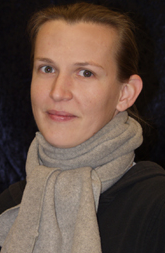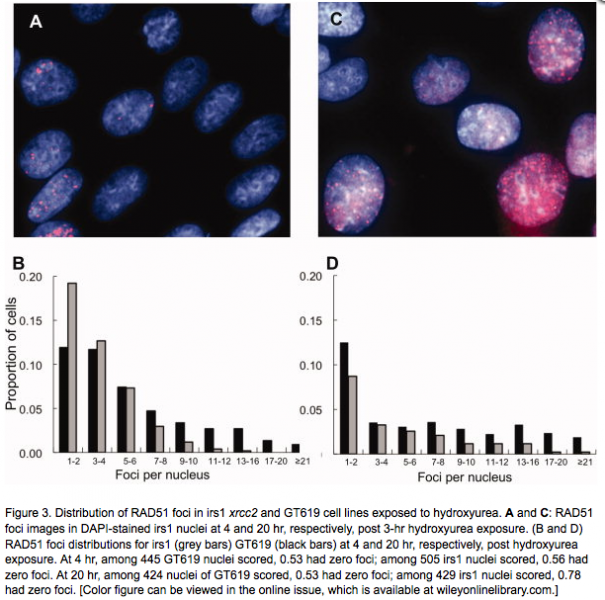|
Contact information Lawrence Livermore National Laboratory |
 |
Education
B.S., Biochemistry, University of California, Davis 2001
Research interests
Microbiology, molecular biology, biochemistry, biodetection and bioremediation, bone biology and DNA repair.
I currently work on projects that use microbiology and molecular biology on mission critical short-term biodetection and bioremediation goals. I have worked extensively with in vivo and in vitro mammalian systems, studying bone biology, issues of bone growth, loss, and fracture repair, in relationship to the Wnt signaling pathway. These studies included the use of nanoparticles made of apolipoproteins and phospholipids called nanolipoproitein particles. I have also worked on understanding DNA repair mechanisms of double strand break damage, acquired from chemical and radiological insults in mammalian in vitro systems, the proper functioning of which is required to avoid gene mutations that can lead to cancer.

Selected publications
- Urbin S.S., Elvers I., Hinz J.M., Helleday T, Thompson L.H. Uncoupling of RAD51 focus formation and cell survival after replication fork stalling in RAD51D null CHO cells. Environ Mol Mutagen. 2012 Mar; 53(2):114-24.
- Wilson P.F., Hinz J.M, Urbin S.S., Nham P.B., Thompson L.H. (2010). Influence of homologous recombination repair on cell survival and chromosomal aberration induction throughout the cell cycle in γ-irradiated CHO cells. DNA Repair (Amst). [April 29 Epub ahead of print]
- Wilson P.F., Nham P.B., Urbin S.S., Hinz J.M., Jones I.M., Thompson L.H. (2010). Inter-individual variation in DNA double-strand break repair in human fibroblasts before and after exposure to low doses of ionizing radiation. Mutat Res. 683(1-2):91-7.
- Hinz J.M., Urbin S.S., Thompson L.H. (2009). RAD51D- and FANCG-dependent base substitution mutagenesis at the ATP1A1 locus in mammalian cells. Mutat Res. 665 (1-2):61-6.
- Fan J., Wilson P.F., Wong H.K., Urbin, S.S., Thompson L.H., Wilson, D.M. 3rd (2007). XRCC1 down-regulation in human cells leads to DNA-damaging agent hypersensitivity, elevated sister chromatid exchange, and reduced survival of BRCA2 mutant cells. Environ. Mol. Mutagen. 48, 491- 500.
- Hinz J.M., Nham P.B., Urbin S.S., Jones I.M., Thompson L.H. (2007). Disparate contributions of the Fanconi anemia pathway and homologous recombination in preventing spontaneous mutagenesis. Nucleic Acids Research 35, 1-8.
- Wiese C., Hinz, J. M., Tebbs, R. S., Nham, P. B., Urbin, S. S., Collins, D. W., Thompson, L. H., and Schild, D. (2006). Disparate requirements for the Walker A and B ATPase motifs of human RAD51D in homologous recombination. Nucleic Acid Res. 34, 2833-2843.
- Hinz J. M., Tebbs R. S., Wilson P. F., Nham P. B., Salazar E. P., Nagasawa H., Urbin S. S., Bedford J. S., and Thompson L. H. (2006). Repression of mutagenesis by Rad51D-mediated homologous recombination. Nucleic Acid Res., 34, 1358-1368.
